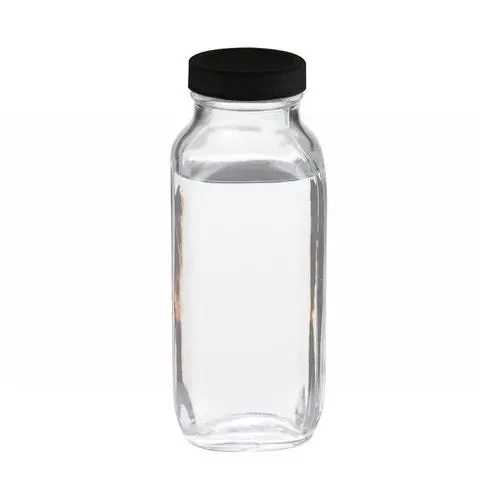Understanding RO Water Treatment Chemicals
Reverse Osmosis (RO) water treatment is a highly effective method used to purify water, removing a broad spectrum of contaminants including dissolved solids, bacteria, and organic compounds. To optimize the efficiency of RO systems and ensure the longevity of membrane elements, various chemicals are employed. This article explores the types of RO water treatment chemicals, their purposes, and their significance in maintaining water quality.
Types of RO Water Treatment Chemicals
1. Antiscalants One of the primary challenges in RO systems is the fouling caused by scaling. Hardness minerals like calcium and magnesium can precipitate out of solution and form scale on membrane surfaces, significantly reducing efficiency. Antiscalants are chemicals that prevent this precipitation by sequestering these minerals, allowing them to remain dissolved in the water. This not only protects the membranes but also reduces maintenance frequency and enhances overall system performance.
2. Acid and pH Control Chemicals Maintaining an optimal pH level is critical in RO systems. Acidic or basic conditions can affect the solubility of minerals and overall membrane performance. Acids, such as sulfuric acid, are often used to lower pH, while caustic soda is utilized to raise pH. Proper pH control not only prevents scaling but also protects membranes from hydrolysis, especially in high-temperature or high-pressure environments.
3. Biocides Microbial growth is another significant issue in RO systems, as it can lead to biofouling, which impairs system performance. Biocides are used to eliminate bacteria, algae, and other microorganisms from water, ensuring that the RO membranes remain clean and functional. Chlorine, iodine, and more advanced biocides can be used, depending on the water source and system design. However, care must be taken, as some biocides can damage the membranes.
ro water treatment chemicals

4. Cleaning Chemicals Even with preventive measures, RO membranes may require cleaning to maintain optimal performance. Cleaning chemicals, which typically include both acidic and alkaline solutions, are employed to remove fouling layers from membranes. Acidic cleaners effectively dissolve inorganic scales, while alkaline cleaners tackle organic deposits and biological fouling. Regular cleaning extends the lifespan of membranes and keeps the RO system operating efficiently.
5. Flocculants and Coagulants In pre-treatment stages before RO processes, flocculants and coagulants can enhance the clarification of water by aggregating fine particles and impurities into larger clusters. This simplifies the removal of suspended solids, reducing the load on RO membranes and minimizing fouling.
Importance in Water Treatment
The use of RO water treatment chemicals is vital for several reasons. Firstly, they help maintain the integrity and efficiency of RO membranes, which are the heart of the system. By preventing fouling, scaling, and biofouling, these chemicals ensure that the system can deliver high-quality purified water consistently.
Moreover, the correct application of these chemicals contributes to reducing operational costs. Regular maintenance and cleaning can prolong the lifespan of RO membranes and reduce the need for premature replacements. Furthermore, by ensuring that water is treated effectively before reaching the RO unit, the entire system's performance is optimized.
In conclusion, RO water treatment chemicals play an essential role in the operation of reverse osmosis systems. Understanding and utilizing the right chemicals for specific applications not only enhances water quality but also improves system efficiency and reduces maintenance costs. As the demand for clean water continues to rise, effective management of RO chemical treatments will remain a critical aspect of water purification technology.

